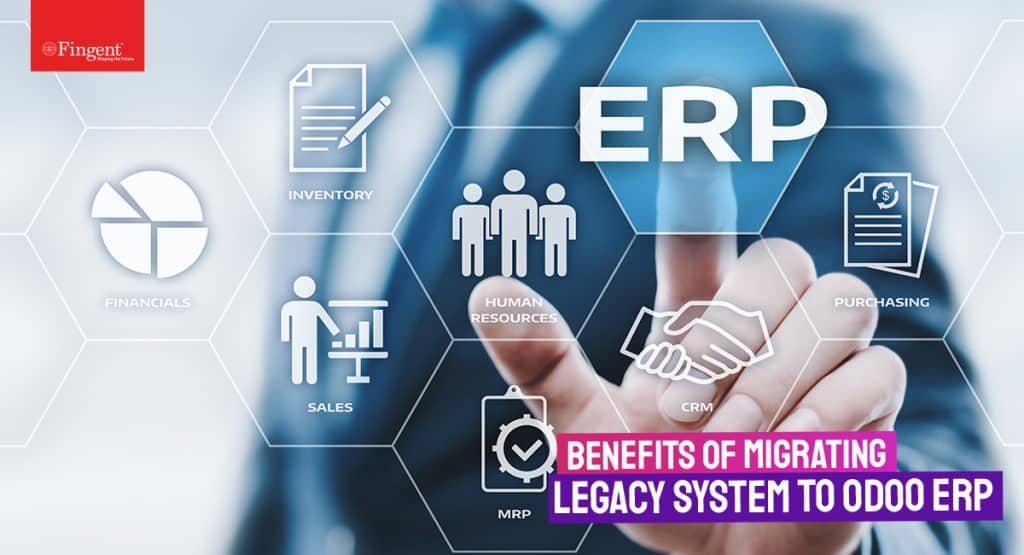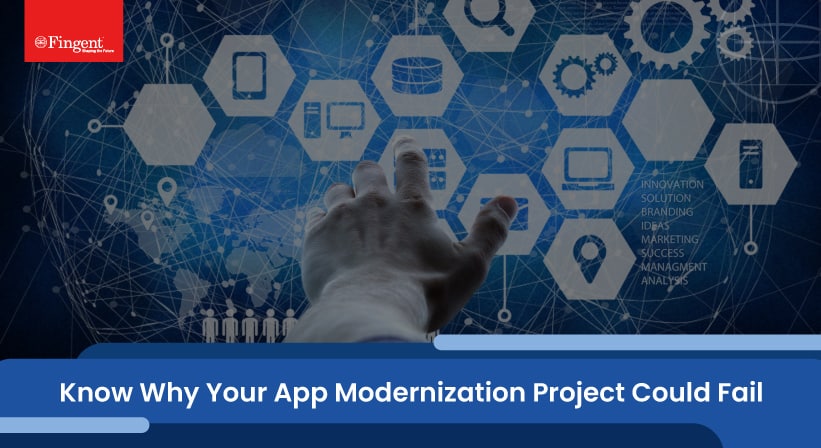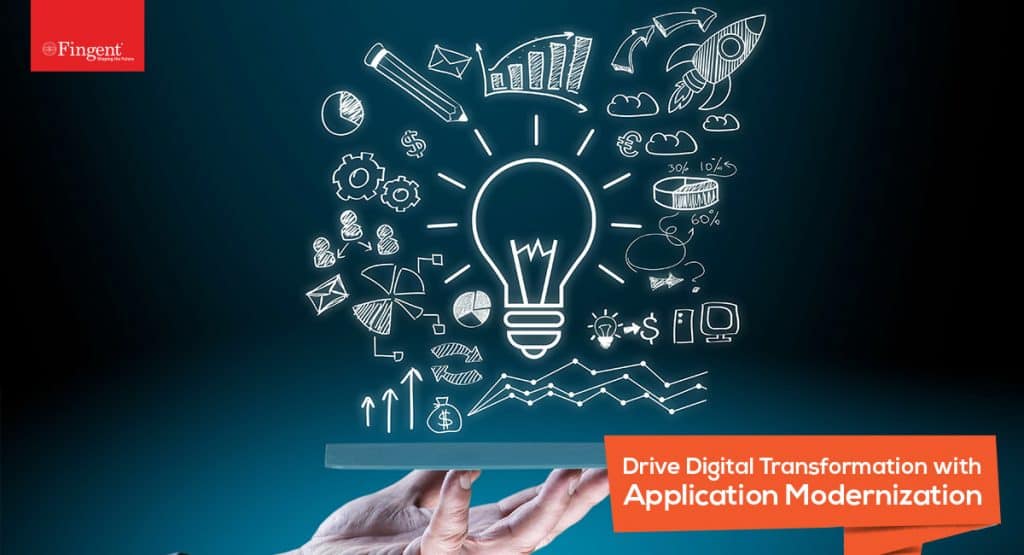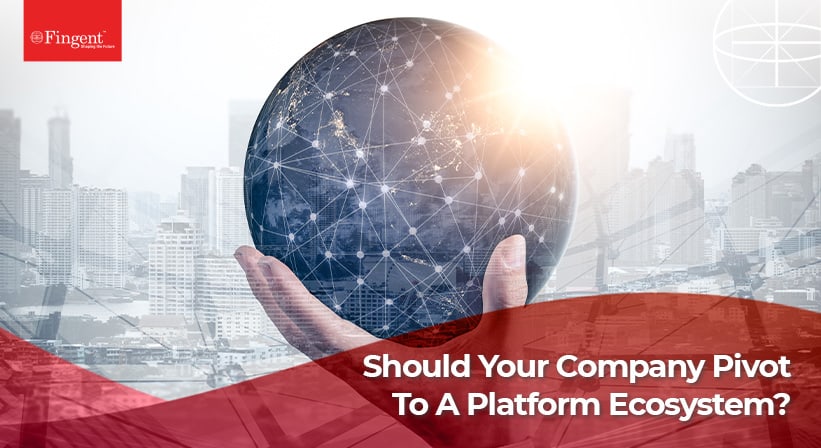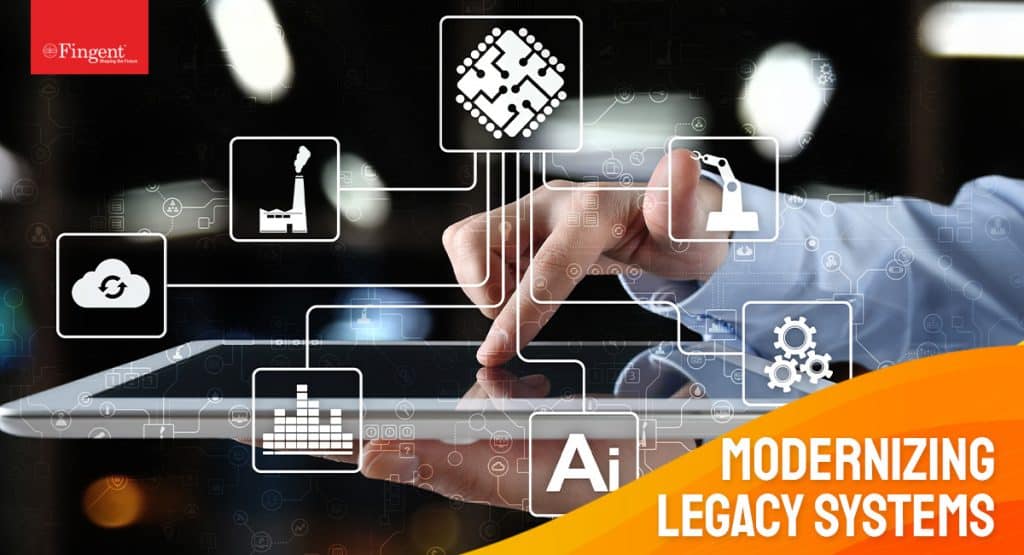Legacy Application Migration: Excerpts from a CTO
Editor’s note

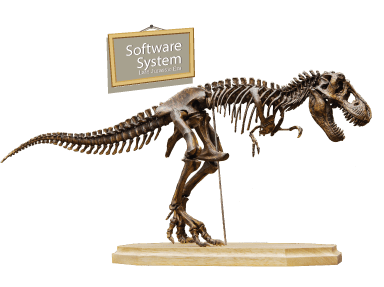
What is a Legacy System? Why Legacy Application Migration?

Technology has come a long way. Are you still lighting up your legacy system?



"RBS CEO Stephen Hester admitted in an interview that the major IT glitch could have been avoided if the bank had focused more on keeping its existing systems up-to-date."
Evolution of Applications - Then & Now
- Monolithic services
- Siloed applications
- Difficult to scale
- On-premises
- Time-consuming to deploy
- Managing servers and infra
- Supports only limited platforms
- Microservices
- Multi-channel applications
- Unlimited scalability and flexibility
- SaaS
- Easy and quick to deploy
- Focus on application development
- Supports cutting-edge platforms
Do you know how a legacy system can sloth your business growth?

Common Issues with Legacy Systems
- Increased downtime
- Non-compliance
- Reliance on legacy skillsets
- Vulnerability to cyberattacks
- Tremendous maintenance cost

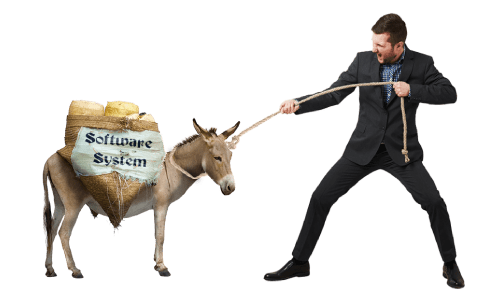
Stubborn legacy systems hesitate to listen to your business needs

Forcing older systems to blend with the new ones



An easy avenue for cybercriminals

Yet, why businesses can’t let go of their legacy system?

| Cost | Lack of funds for modernization? |
| Time | Will legacy migration take too long? |
| Inertia | Why modernize when my existing system works fine? |
| Business disruption | Can I move without disrupting my existing operations? |
| Underskilled Resources | Can my employees operate the new system? |
| Data Security | Will the changes compromise data security? |

Today, technology can unhook your business from the legacy system without issues!


| Cost | Cost of software licensing and infrastructure costs are cheaper in modern systems than in legacy systems. |
| Time | Modern system software is quick to deploy, easier, reliable, and faster to use. |
| Inertia | Did you compare your system with your competitor’s advanced software system? |
| Business disruption | The right solution partner can assist in legacy migration without any disruptions to your existing system. |
| Underskilled Resources | Modern tech methodologies make it simple and hassle-free to handle the system. |
| Data Security | Modern systems guarantee uncompromised security of your data and systems. |
How do you make a perfect choice in your Legacy Application Modernization?


Get a free evaluation of your legacy system for modernization
The 6 Rs for your Legacy Modernization Options
By 2024, more than 45% of IT spending will shift from traditional solutions to the cloud.
Re-host (lift and shift)
Find what needs to be shifted from on-premises to the cloud, and take the necessary steps to migrate applications, data, and infrastructure.
Re-platform (lift tinker and shift)
Compatibility is essential to facilitate seamless integration between legacy systems and modern cloud solutions. Suppose you have a legacy system that runs on an obsolete platform and is no longer supportable. Then you must change its platform to make it compatible while maintaining its core application.
Re-purchase
Replacing applications that run on your infrastructure with SaaS applications from one vendor with another vendor.
Re-factor or Re-architect (cloud-native)
Transform server-based applications to serverless applications, allowing them to achieve agility and scalability. This is the most advanced process in cloud migration strategy that boosts overall productivity, collaboration, agility, and business continuity.
Retire
It is a good practice to conduct a thorough analysis to help you identify applications that won't be required for future use. This can help you retire those applications, thereby saving time and the cost of migration.
Retain
While developing a cloud migration strategy, it is vital to identify applications that should remain on-premises and those that should not be replaced.
When should you make your move to migration?

Surf the cloud wave and make your legacy migration

Business Impact Brief by 451 Research
Get started with your Legacy Application Modernization before it reaches the tipping point



Migrating a legacy system to a mobile application


Have you wondered why some migrations fail?

- Lack of proper strategy and the inability of applications to restart correctly in the cloud.
- Disruptions during the migrating process cause threats to the efficient working of the organization and its stability.
- Poor evaluation of the system and its dependencies when migrating legacy apps poses system breakdowns.
Flawless software is not a fancy dream anymore! Legacy Application Modernization with FINGENT!


ImpactXM enhanced its capabilities and could scale with the growing market changes by modernizing its legacy system cost-effectively.
- Process improvement and consolidated data management
- Automated alerts and notifications
- Real-time tracking of estimates and proposals
- Secured and speedy data transfer
